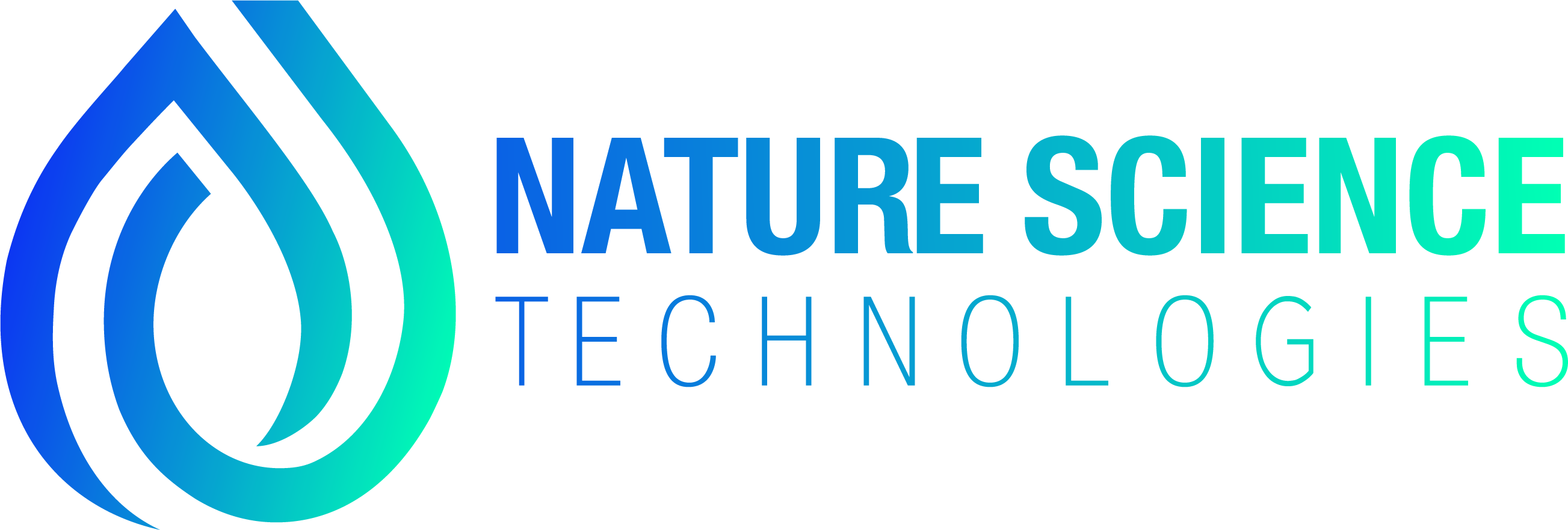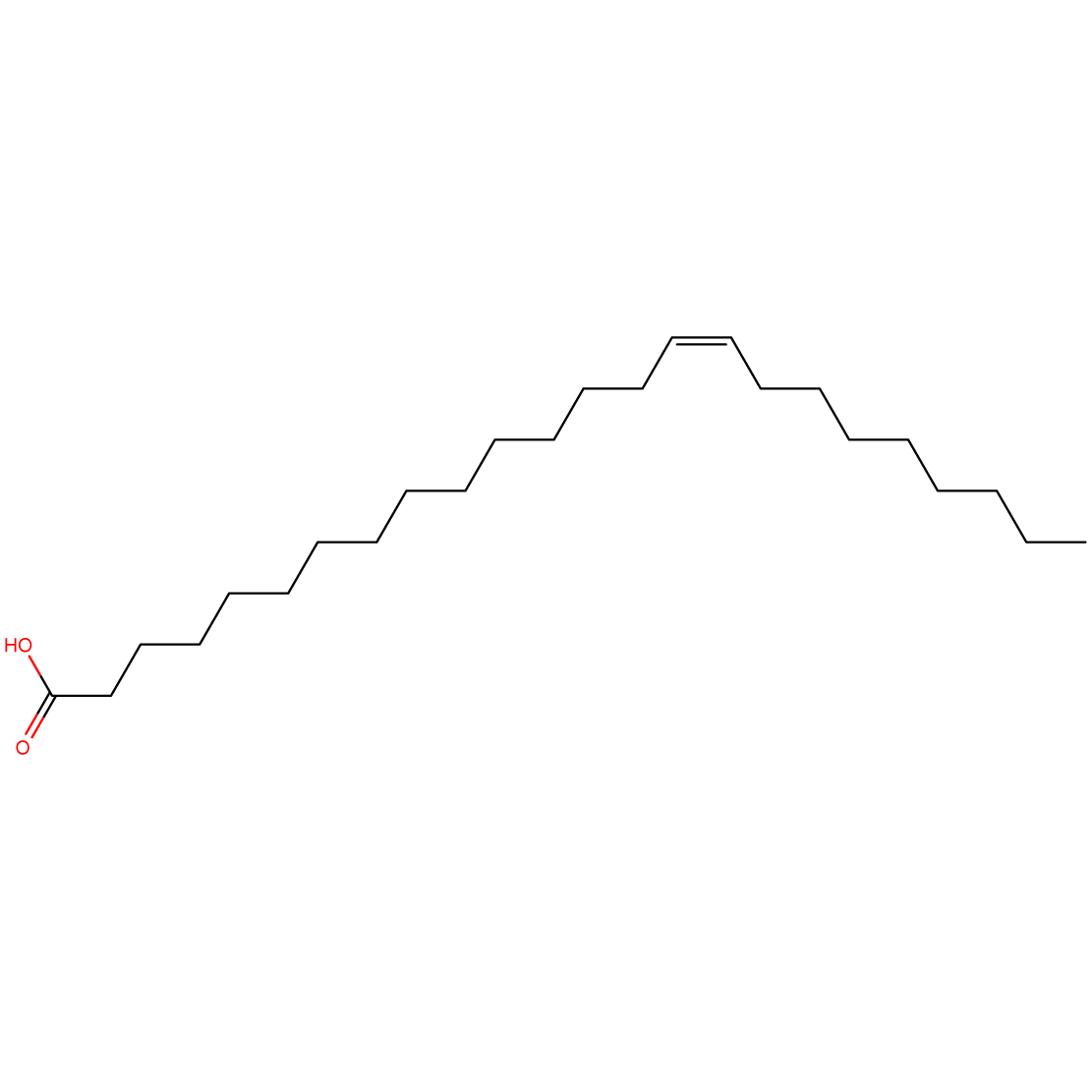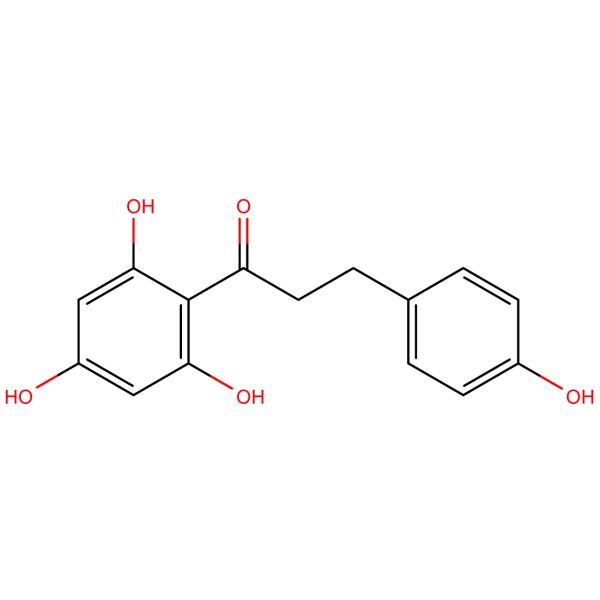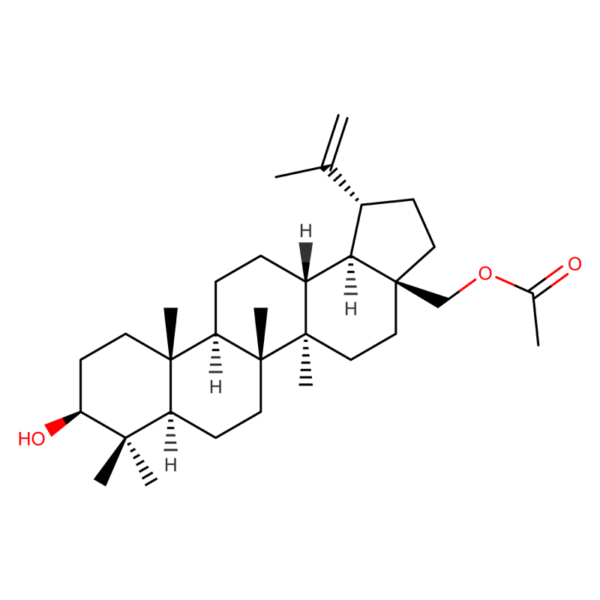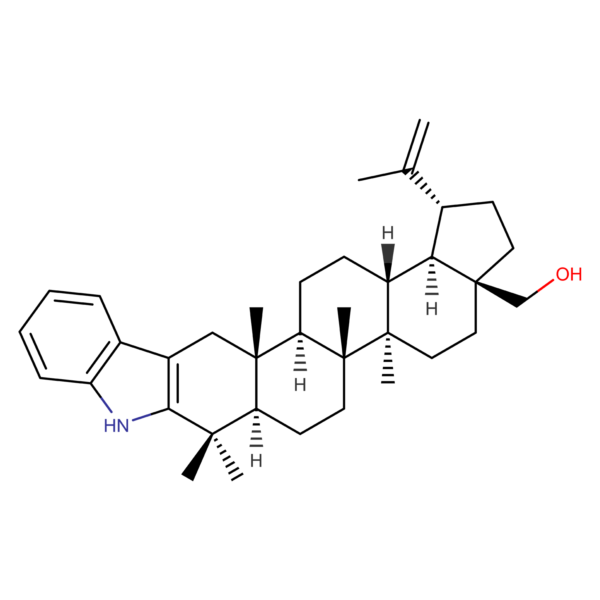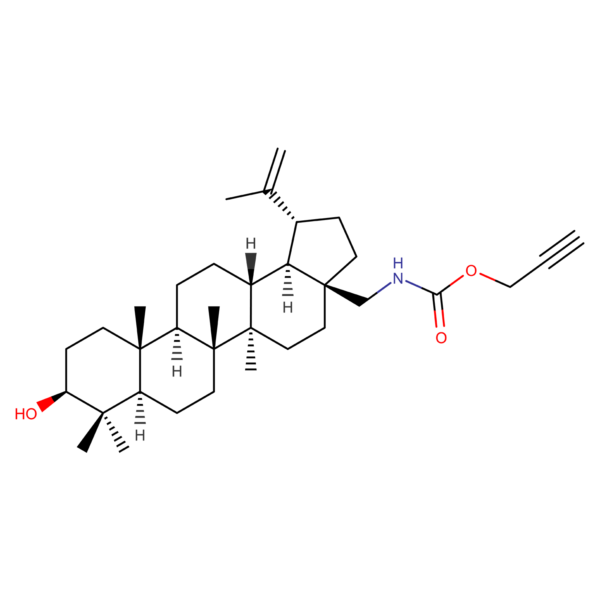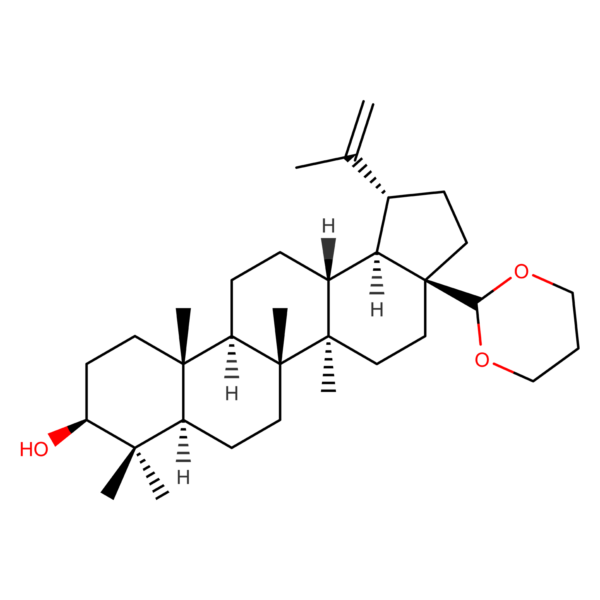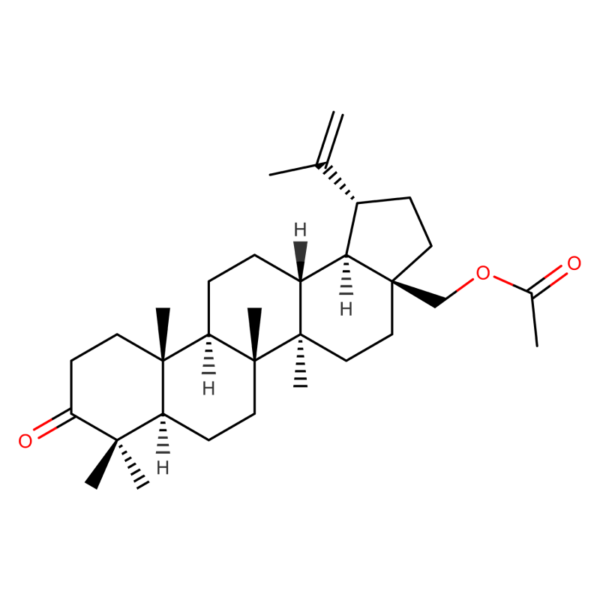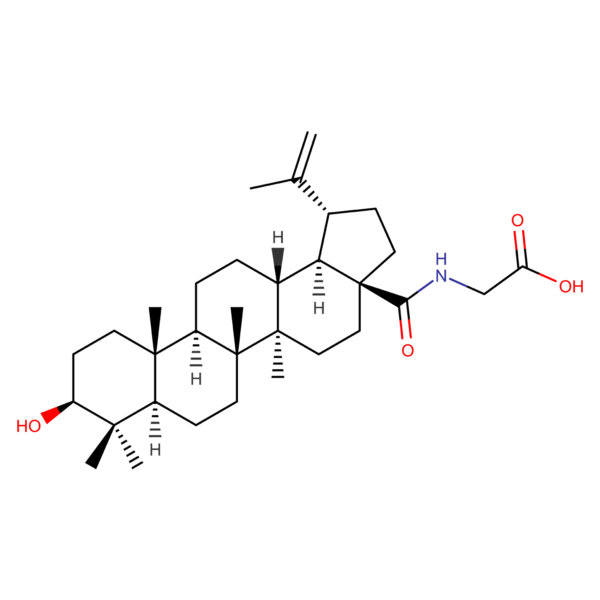Nervonic Acid: Exploring the Potential of a Long-Chain Fatty Acid
1. Molecular Identity
- Chemical Name: cis-15-Tetracosenoic acid
- CAS Number: 506-37-6
- Source: Found in various seed oils, particularly in Lunaria annua (honesty plant), and also present in human breast milk and nerve tissues
2. Biochemical Significance
Nervonic Acid is a monounsaturated omega-9 fatty acid with a 24-carbon chain. Its presence in nerve cell membranes and myelin sheaths makes it a compound of significant interest in neuroscience research and potential therapeutic applications for neurological disorders.
3. Key Research Properties
- Myelination Support: Plays a crucial role in myelin sheath formation and maintenance
- Neuroprotective Potential: May contribute to neuronal health and function
- Cognitive Function: Shows promise in supporting cognitive processes
- Lipid Metabolism: Involved in complex lipid biosynthesis in the brain
4. Potential Research Applications
- Neurodegenerative disease studies
- Multiple sclerosis research
- Cognitive development investigations
- Neurological disorder therapeutic potential
5. Current Research Focus
Ongoing studies are investigating Nervonic Acid’s effects on:
- Myelin repair and regeneration processes
- Cognitive function in aging populations
- Neuroinflammatory conditions
- Lipid profile alterations in neurological disorders
6. Formulation Challenges and Innovations
Researchers are actively working on:
- Enhancing bioavailability and brain penetration
- Developing stable formulations for various research applications
- Creating targeted delivery systems for neurological tissues
7. Regulatory Considerations
As a naturally occurring fatty acid, Nervonic Acid has a generally favorable safety profile. However, its use in specific therapeutic applications would require comprehensive safety and efficacy evaluations to meet regulatory standards.
8. Future Research Directions
The scientific community anticipates:
- Advanced clinical trials for neurological indications
- Exploration of Nervonic Acid’s potential in combination with other neuroprotective agents
- Development of Nervonic Acid-enriched nutritional supplements for brain health
9. Collaborative Opportunities
We invite neuroscientists, pharmaceutical researchers, and academic institutions to explore the research potential of Nervonic Acid. For inquiries, collaborations, or to discuss how Nervonic Acid can benefit your research projects, please contact us at sales@nstchemicals.com.
Join us in unlocking the potential of Nervonic Acid – a key fatty acid in the pursuit of neurological health and function.
